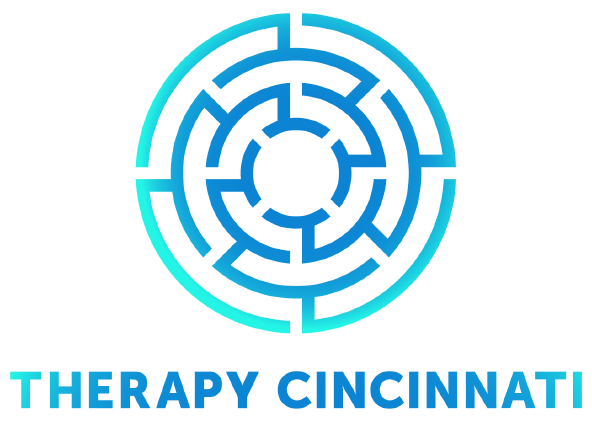In many cases, traditional EMDR therapy can provide a highly effective and reliable solution for recovery from trauma experienced during our lives. However, there are different forms of EMDR therapy, and while all EMDR therapy shares the same basic outline, over the years several variations of EMDR therapy have been introduced to better target certain struggles some people may have. These newer forms of EMDR are typically used by more experienced EMDR therapists, and they require more advanced training in how to use them. Attachment-focused EMDR is one of the new variations that have been developed, and is taught in more advanced EMDR trainings.
But what is attachment-focused EMDR, how does it differ from standard EMDR therapy, and might it be the right recovery solution for you? We’ve outlined everything you need to know about this unique form of recovery as follows to help inform your decision.
What is Attachment-Focused EMDR?
We are all social creatures by our very nature – but in some cases, relationships with others can cause a great deal of pain and trauma. Abuse, neglect, and loss can all significantly impact our ability to lead a happy and healthy life.
Many people suffer from mental health challenges due to their past experiences. This is especially common when we suffer neglect or relationship trauma at a developing age. At this point, we are naturally more prone to develop unhealthy coping mechanisms and barriers to better cope with the suffering that we have faced.
For people unable to move on from these past traumas, previous negative relationships can significantly impact our modern lives. However, attachment-focused EMDR therapy aims to overcome this, allowing a person to develop healthier adaptive strategies to overcome pain.
How Does Attachment-Focused EMDR Differ?
We’ve covered how EMDR therapy works previously. However, attachment-focused EMDR is a little different, building on the original principles and methods with a focus on attachment and relationship trauma. This allows attachment-focused EMDR to provide more effective support and recovery for patients who have experienced trauma during childhood.
Traditional EMDR is often used for later traumas that occurred at a specific time. By comparison, attachment focused EMDR focuses on longer-standing trauma due to unhealthy coping mechanisms and neglectful early attachments.
Through attachment-focused EMDR, therapists focus more closely on events that occurred very early during the person’s life. These events, particularly if disruptive to the bond between a child and their primary caregiver, often shape our future lives through internalized coping mechanisms and unhealthy means of communicating and healing from pain.
In turn, by focusing on these early attachments and helping the patient to reprocess these memories, attachment-focused EMDR allows a patient to connect new information with the pain of previous memories. This allows the recovery process to begin by helping clients learn new truths about themselves and the people that were around them. For example, if a child was often ignored by their caregivers, they may internally think there is something wrong with them, or they are annoying or a burden to others. With attachment focused EMDR, they are able to see things in a different light. For example, maybe their caregiver was emotionally exhausted and couldn’t pay attention to anyone. Maybe the caregiver thought the child was ok and didn’t need attention. Obviously, even if this is true this does not excuse the caregivers behavior, but looking at things in this new light can help a client understand the lack of attention was not about the child, but rather about the parent. This can then lead to an ability to emotionally move on and not be as affected by what they experienced.
Furthermore, by developing and enhancing nurturing figures in the patient’s mind, attachment-focused EMDR helps make the act of reprocessing more straightforward, further contributing to its efficacy for early childhood trauma specifically.
In turn, since these early traumatic experiences may have significantly impacted us throughout our lives, tackling these as the root cause of later trauma can be a powerful way to address current mental health challenges and distress.
Final Thoughts
Recovering from emotional trauma is an incredibly difficult and painful process in many cases – and this is where attachment-focused EMDR may help. Indeed, for many people, attachment-focused EMDR offers a highly effective solution to recover from emotional trauma caused by relationships, in particular.
This is often seen in patients who experienced emotional trauma, neglect, or loss at a young age. As such, by focusing on the adaptive strategies learned during childhood and visualizing a safer space, attachment-focused EMDR can support effective recovery from lived trauma.

